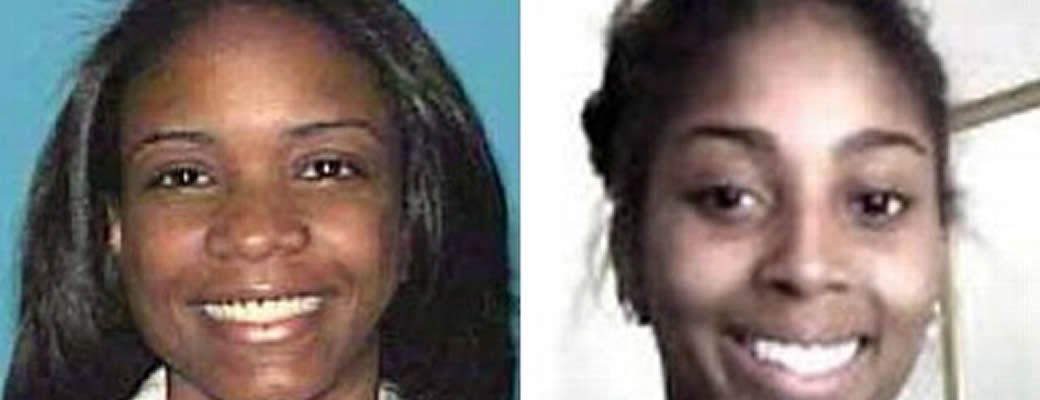Getting More People to Care About Missing Black Women
ABC News
Steve Osunsami
January 18, 2012
After years of complaints in African-American circles about the lack of attention paid to missing black women in this country, a U.S. cable network dedicated to black programming begins a revolutionary series this week.
The program, called ” Find Our Missing,” is scheduled to begin airing tonight on TV One, a black cable network available in 56 million homes.
The network is working with the Black and Missing Foundation, a group of black professionals who keep track of missing black Americans – cases that are often ignored or unreported. The sheer number of faces that peer back from its website is startling. Most of the missing are from New York, Georgia, North Carolina, Maryland and Florida.
According to FBI figures, nearly 40 percent of all missing persons are people of color, but critics say that the most media attention is reserved for white women.
Craig Henry, executive in charge of production at TV One, says the presumption in this country is that “black people live in impoverished conditions, so there’s not the same sense of outrage” when black Americans disappear.
“We are also accustomed to seeing stories and news reports of black people involved in criminal activity, and not very often the victims of crimes,” he said.
Derrica Wilson, the CEO and co-founder of the Black and Missing Foundation, says it is the public’s attention and media coverage that help find the missing, and this new effort could save lives or give families closure. She said many of the missing black women are victims of human trafficking. Since 2008, her organization has helped to either locate or bring closure to 71 missing persons cases. This January alone, the organization helped find six people, and all six were found alive.
“We all know that black and Latinos, or any person of color, who go missing oftentimes do not receive the much needed media coverage, which could drastically increase the odds of their safe recovery,” she said.
“It is time for all people – regardless of race – to be treated equally in their times of greatest need,” said Natalie Wilson, another co-founder of the Black and Missing Foundation.
“When we hear the term ‘missing persons,’ most people conjure up images of Chandra Levy, Caylee Anthony or Natalee Holloway,” Wilson said. “As a result, the public is misled in believing that victims of abductions and kidnappings are [all]blond, blue-eyed and female.”
Both the Black and Missing Foundation and TV One point to the cases of 36-year-old Stacey English of Atlanta, and 23-year-old Phoenix Coldon of St. Louis. Both women went missing at the end of December, and authorities say the cases are strikingly similar.
For example, the vehicles of both women were found abandoned and still running just miles from their homes. And the man authorities say English had last seen was from St. Louis, where Coldon disappeared. Their families say neither case has generated the kind of national attention or questions they believe would have occurred if the young women had been white.
“It’s sad that this may be the case,” said Cindy Jamison, the mother of Stacy English. She, her husband, Kevin Jamison, and a small army of relatives and friends have been searching Atlanta for weeks. On the phone today she told me, “Here we are crying for everyone to show Stacey’s face, trying to get whoever would listen to listen, and whoever would have us to tell her story…. and [the lack of national attention] does make us think.”
Craig Henry of TV One says the new series is a set of “mystery tales,” and this is the best way to grab viewer interest in these cases, many of them quite cold.
“These are stories, and we immerse you in the lives of these missing people,” he said. “These are people you get to know, you see their families, see their normal lives, and then one day you learn that they are gone. We want to get people to empathize and get people to care about these stories.”
Photo credit: Black and Missing Foundation

